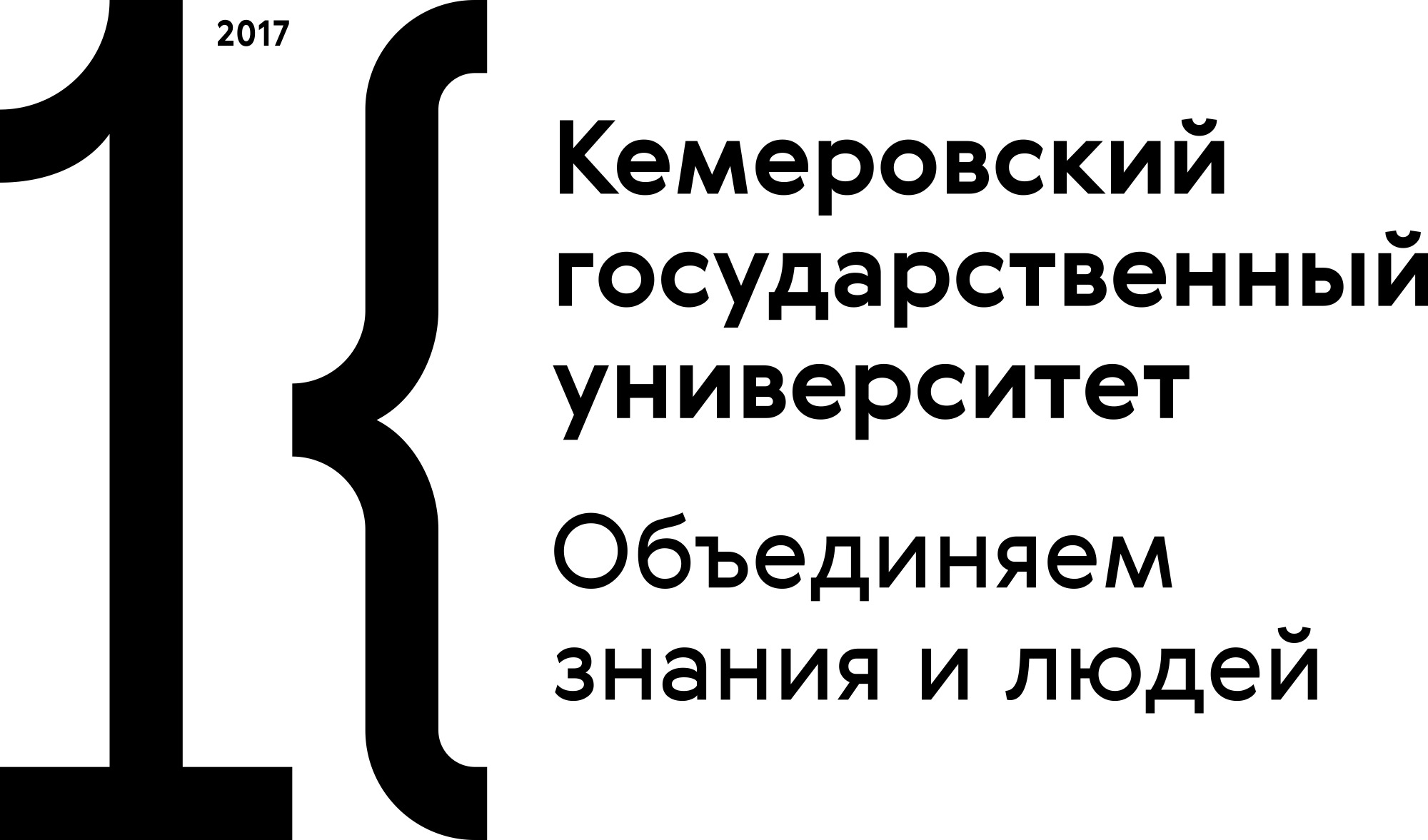Preserving the indigenous peoples’ traditional cultures is a problem of current special interest from research and practice perspectives. Indigenous peoples of the world were always largely affected by dominating societies and forced to transform their original cultures, way of life and identity. In this regard, surviving indigenous culture practices require a special support based on the scientifi understanding of their meanings from the point of view of sustainable preservation of ethno-cultural environments. Cult and sacred places, be they natural sites or human-made facilities, remain crucial but quite vulnerable cultural elements of indigenous ethnic groups. They are important spatial objects which preserve indigenous peoples’ culture memory and different ethnic traditions connected with religion, spiritual culture and mythology. This paper summarizes main results of an interdisciplinary research of cult and sacred places used by the Shor people in the Kemerovoregion and the Tozhu-Tuvans in TuvaRepublic(Russian Federation). During their 2015 – 2017 fi the authors identifi a lot of sacred places, revered by indigenous communities, and described them in terms of their signifi as elements of living indigenous cultures. The data obtained in the process of fi allowed the authors to map the sacred places, as well as the main risks and threats associated with them. The latter include: mining activities, infrastructural and tourism facilities, etc. The identifi threats lead both to the destruction of the sacred places as well to extinction of indigenous knowledge.
indigenous peoples, ethnic culture, cult and sacred places, sacred landscape, traditional culture, resource conflicts















